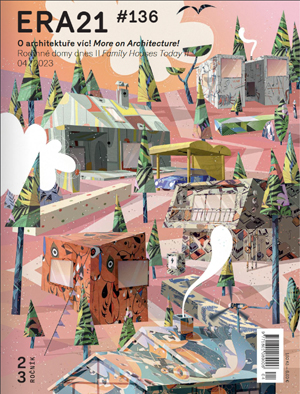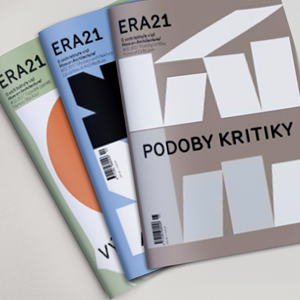Serious discussions and wild speculations can both be heard regularly on the difference between Czech and Slovak architecture. However, thirty years since the dissolution of the federal republic probably is not enough time to truly register the changes in development, assuming that there actually is something like Czech and Slovak architecture in the first place. Simply put, there are some things happening in our neighbours’ architectural community that we could very well envy, like the new National Gallery building, or the Slovak Prize for Architecture gala being broadcast on primetime TV. On the other hand, there are other things our Slovak colleagues could learn from us.
In this issue of ERA21, our goal was to explore the Slovak architectural scene with the same mindset we adopt for international editions, highlighting the unique qualities and context of the country's architecture—stay pragmatic, avoid glorifying successes or overstating problems. However, in the end, we did find a theme that was significant enough and long-lasting, irrespective of the political situation. We could call this bottom-up architecture— architecture created with great effort by individuals or collectives, growing from public engagement or activism which sometimes evolves into direct political power (like Matúš Vallo in Bratislava or Peter Bročka in Trnava, both activists turned mayors). Architecture created despite its circumstances—despite political decisions, the local government’s system, budgetary constraints, or lack of public support. There may be no other way to do things in an unstable country on the boundary between the East and West. However, it seems that Slovak architects are well adapted to work independently in this environment, which is indeed good news.
Send e-mail back »

ERA21 vydává ERA Média, s. r. o. |
|
|
Phone: +420 530 500 801 E-mail: redakce@era21.cz |
|
| WEBdesign Kangaroo group, a.s. |